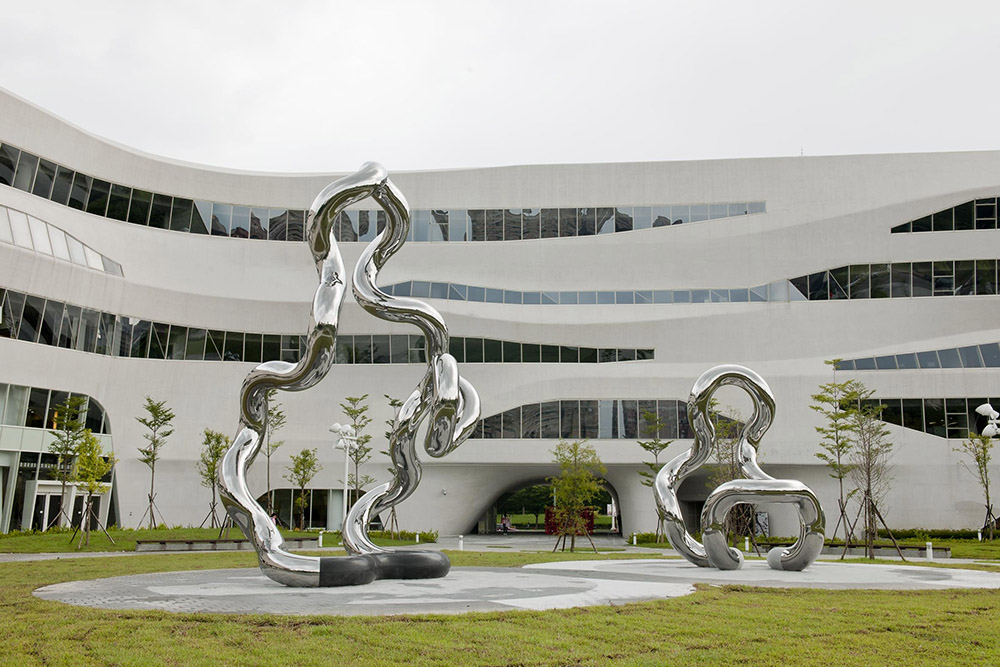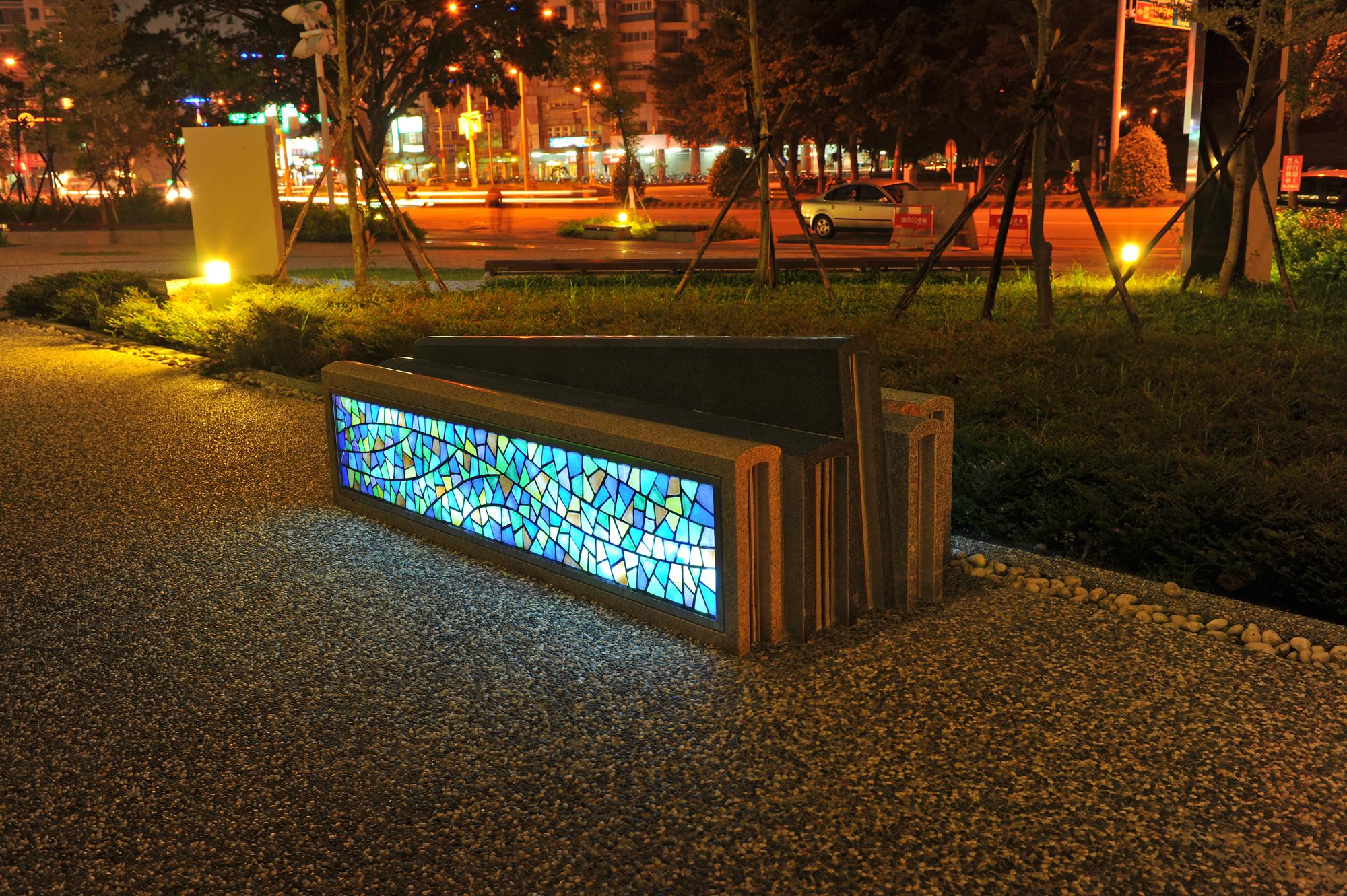The National Library of Public Information is one of the ten major construction projects completed after eight years, with a budget of 2,000,000,000 New Taiwan dollars. It was opened in 2012 and stands as the first national-level digital public library in Taiwan. From the initial planning stages, this new library aimed to embody the concept of the building itself as a public art and underwent evaluation by the Ministry of Culture. The goal was to provide the general public with a new experience in public art and life aesthetics. Despite facing several challenges, the project persevered.
Rather than giving up, we applied to the local government and became the first example in the central regions of Taiwan to adopt a method of inviting planners to compete in the selection process. Building upon the foundation of architectural aesthetics, the planners showcased their creativity by collaborating with established artists and art teams to create public artworks, resulting in a synergy of talent. After a year of hard work and meticulous planning, three permanent public artworks were completed just in time for the library's opening. To celebrate this achievement, the "JOY Reading Public Art Festival" was organized, attracting nearly 130,000 people.
Throughout the year, the library hosts exhibitions and events that emphasize both physical and digital elements. We invite national and private art, design, creative, and aesthetic units, as well as foundations, colleges, and universities to participate. Our aim is to integrate life aesthetics and aesthetic education through self-constructed databases like the Digital Art Gallery Picture Book Database.
The Library presents the public artworks to the general public in a close-to-life, aesthetic, and educational manner. We continuously strive to lead the other 526 public libraries in Taiwan, creating joyful reading spaces across the nation through the integration of public art and the consolidation of a vibrant artistic atmosphere. We envision ourselves as a driving force in promoting public art, advocating for architecture as public artworks, facilitating public participation in art, and championing the art of living for all citizens.







